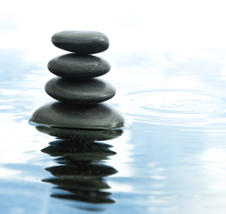
 With modern research techniques, the concept of meditation in the minds of the western world has moved so far beyond the 1970s crunchy stereotype that medical practitioners are wholeheartedly recommending it to their patients, both for wellness and for healing. The venerable Mayo Clinic, on its website, recommends meditation for helping with health conditions ranging from allergies to anxiety disorders and cancer, from depression and fatigue to high blood pressure and substance abuse. The list is long, and it's reassuring to know that there could be relief from these serious conditions. But, there is more to accessing the power of meditation than just saying "Om." How do we realize these benefits? The site describes several forms of meditation, saying, "There are many types of meditation and relaxation techniques with meditation components. But all share the same goal of inner peace."
With modern research techniques, the concept of meditation in the minds of the western world has moved so far beyond the 1970s crunchy stereotype that medical practitioners are wholeheartedly recommending it to their patients, both for wellness and for healing. The venerable Mayo Clinic, on its website, recommends meditation for helping with health conditions ranging from allergies to anxiety disorders and cancer, from depression and fatigue to high blood pressure and substance abuse. The list is long, and it's reassuring to know that there could be relief from these serious conditions. But, there is more to accessing the power of meditation than just saying "Om." How do we realize these benefits? The site describes several forms of meditation, saying, "There are many types of meditation and relaxation techniques with meditation components. But all share the same goal of inner peace."
- Guided meditation. Sometimes called guided imagery or visualization, with this method of meditation you form mental images of places or situations you find relaxing. You try to use as many senses as possible, such as smells, sights, sounds and textures. You may be led through this process by a guide or teacher.
- Mantra meditation. In this type of meditation, you silently repeat a calming word, thought or phrase to prevent distracting thoughts. Transcendental meditation is a type of mantra meditation in which you achieve a deep state of relaxation to achieve pure awareness.
- Mindfulness meditation. This type of meditation is based on being mindful, or having an increased awareness and acceptance of living in the present moment. You focus on what you experience during meditation, such as the flow of your breath. You can observe your thoughts and emotions but let them pass without judgment.
- Qi gong. This practice generally combines meditation, relaxation, physical movement and breathing exercises to restore and maintain balance. Qi gong (chee-kung) is part of traditional Chinese medicine.
- Tai chi. This is a form of gentle Chinese martial arts. In tai chi (TIE-chee), you perform a self-paced series of postures or movements in a slow, graceful manner while practicing deep breathing.
- Yoga. You perform a series of postures and controlled breathing exercises to promote a more flexible body and a calm mind. As you move through poses that require balance and concentration, you're encouraged to focus less on your busy day and more on the moment.
It sounds easy. Choose one and find inner peace. Anyone who has tried these practices knows the challenges. How many times I have heard friends with strong intention to take their meditation practice seriously complain of being derailed by wandering thoughts? So few of us have the mind of a Jedi warrior that I would venture to say thoughts wandering is more common in meditation practice than thoughts staying focused. The mind is not a muscle that we can force to work harder. How can we go deeper into our meditation practice and gain more of the proven benefits? In his book Just Use This MindVenerable Master Miao Tsan offers insight:
The mind, as one engages in meditation practice, will continue to generate many thoughts, but without grasping them and instead concentrating only on the method, these various thoughts--each of which can potentially be perceived as what the "I" thinks--are now nothing but wandering thoughts. When the mind identifies with a thought, it becomes the “I,†but when the mind refrains from identifying with the thoughts they become so-called "wandering thoughts." During meditation, wandering thoughts will appear and disturb the clarity of the mind. It is essential not to follow these mental movements but to continue to focus exclusively on the method of meditation. When there is no wandering, do not grasp such a state of mind as emptiness. So do not follow up on one thought movement with another, do not seize the absence of thought as emptiness. Remain in a state of equanimity and these thoughts, due to their nature, will eventually cease. (p.221)
"...continue to focus exclusively on the method of meditation." For me, that means not beating myself up when I find myself pondering my neighbors toenail polish in yoga or thinking about a heated exchange at the office when I am breathing during a mindfulness meditation. To berate myself for those thoughts would be to "follow up on one thought movement with another." There is nothing to do but release those mundane thoughts, dust myself off, and once again look only at the movement or the breath. As many times as it takes.





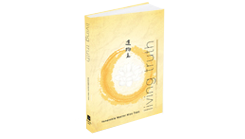
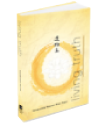
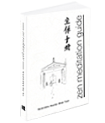
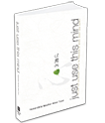
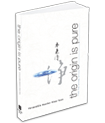



Comments (0)
Add a Comment